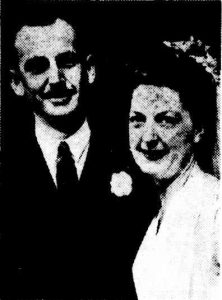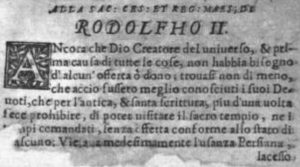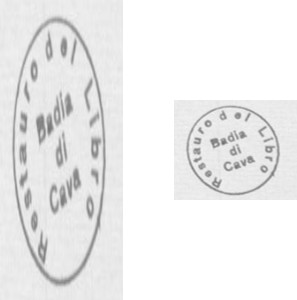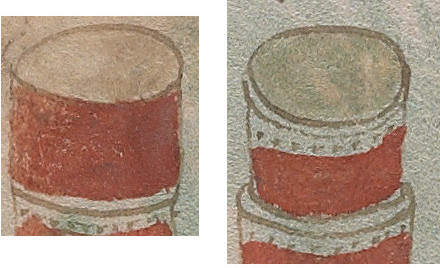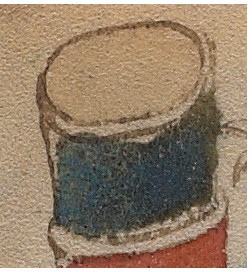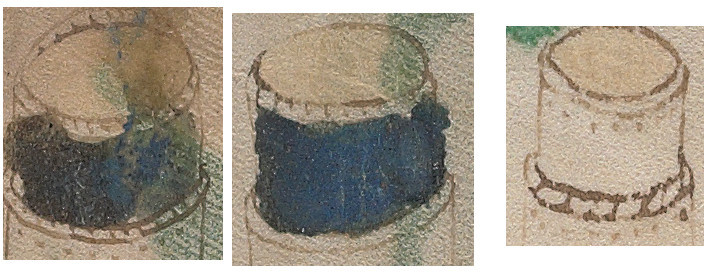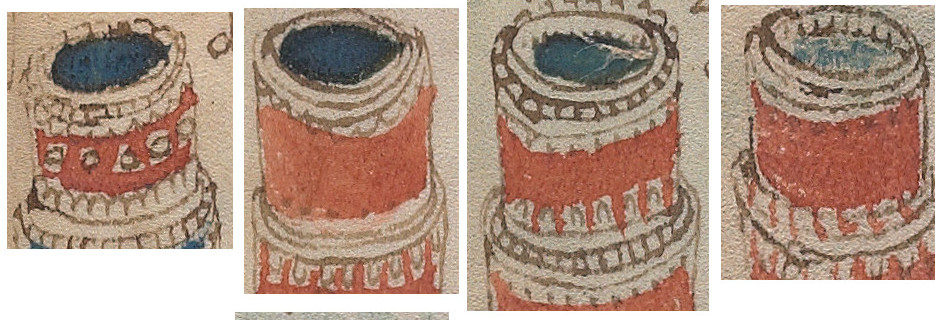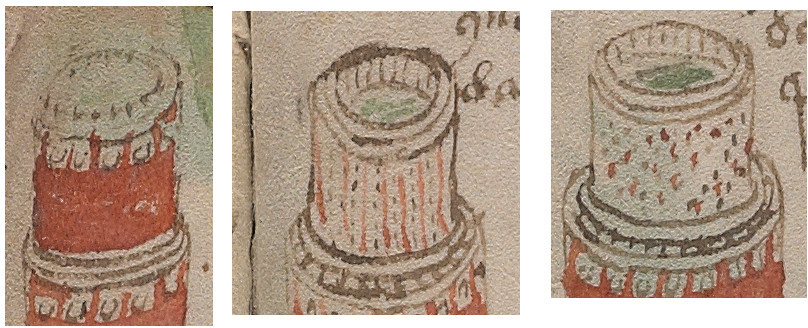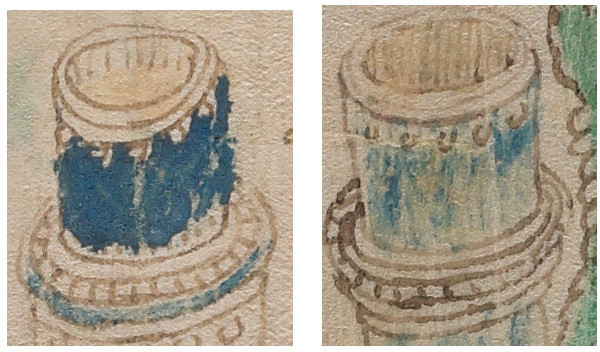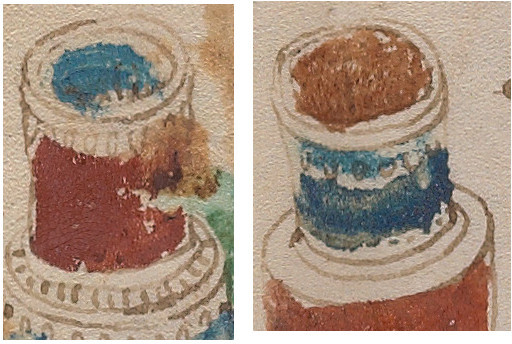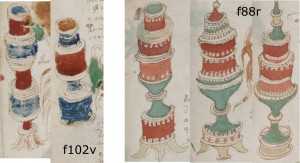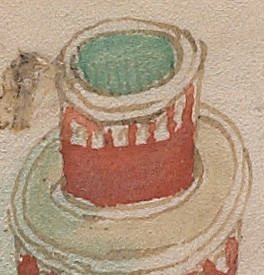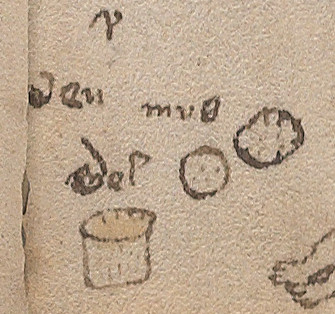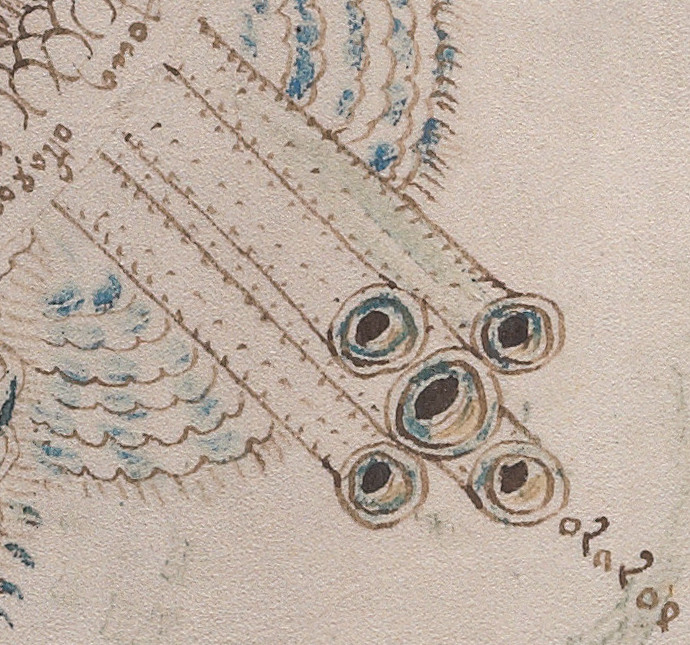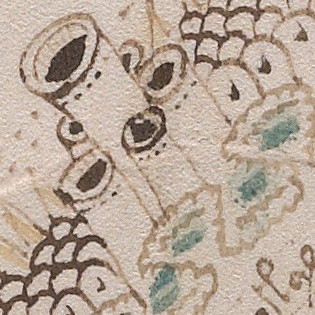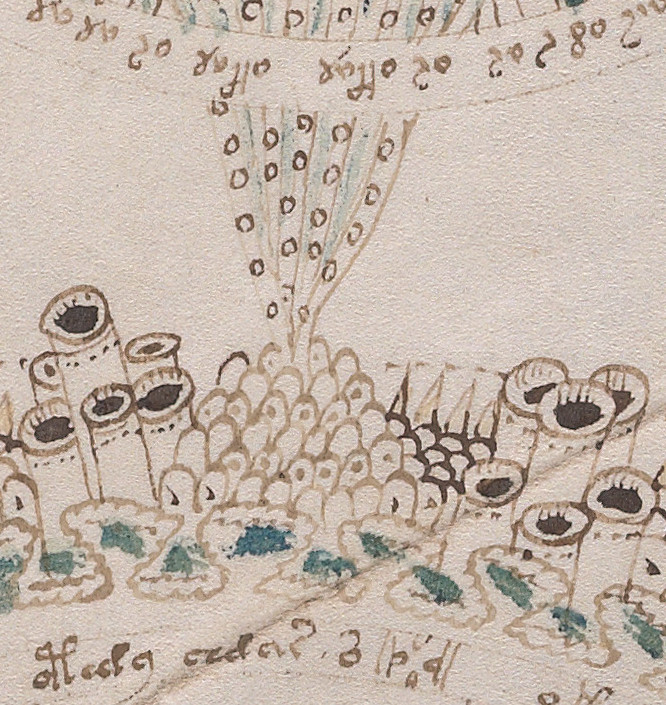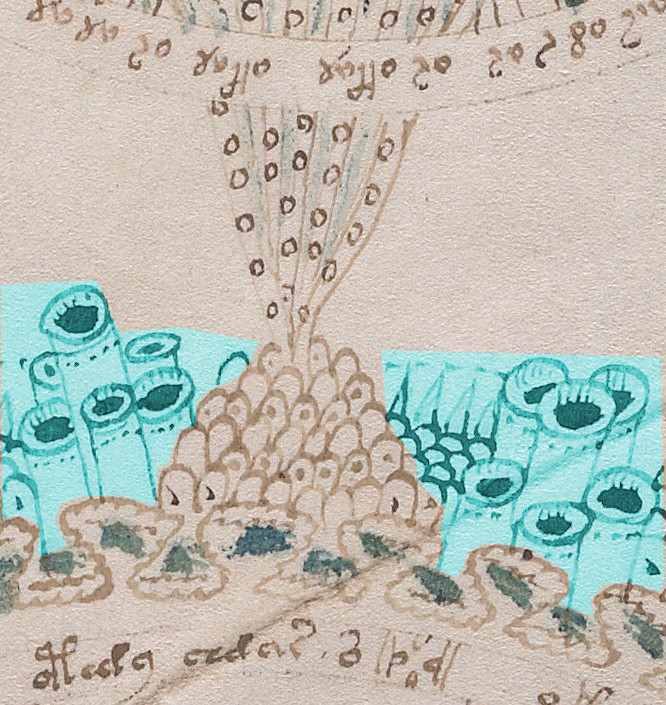I’ve had an intriguing email from Cipher Mysteries commenter Paul Relkin concerning the Hollow River Cipher.
He had thought to contact Linda Outcalt, whose (inverted) photograph of Sterling Ramsay was on the cover of his book “folklore prince edward island”. (Though the book credits only mention Hilda Woolnough.) Ms Outcalt suggested he should instead contact Harry Holman, “a prominent archivist for the Prince Edward Island government”. Paul continues:
This was a great suggestion! Mr. Holman was not only familiar with the Hollow River Cipher but he was able to produce documentation from a local newspaper establishing that the cipher was actually solved many years ago. He also provided some excellent commentary about the story behind the cipher. He has given me permission to share this with Cipher Mysteries on his behalf.
Here’s what Harry Holman wrote:
Harry Holman on Hollow River…
I have read your postings on Cipher Mysteries with interest but am afraid I must challenge your claim of being the first to decipher the coded message appearing in the Prince Edward Island Magazine. I have found evidence from 1935, and republished in 1946, that the message was deciphered by Blythe Hurst, a school teacher, naturalist and author who wrote under the pen name “Agricola.” The solution was published in the Charlottetown Guardian newspaper on 20 April 1935 p. 12 and again on 20 April 1946 p. 9.
My initial thought was that Hurst might have been connected with the appearance of the original Prince Edward Island Magazine article but it appears he immigrated to Prince Edward Island only in 1910. While he does not publish the entire text of the message it is clear that he has identified the key for interpreting the message and the main elements have been revealed.
As to the original PEI Magazine articles, it is important to place the publication in context. The Magazine, which ran from 1899 until 1905 provided a forum for a great many authors, many of who were identified only by initials or by pseudonyms. While it contained a number of high-quality and well-researched historical articles it was also a platform for a flourishing creative writing community. Many of the fiction pieces picked up on themes popular at the time. Ghost stories based on historical incidents seemed to strike a particularly responsive chord with readers. Only last week I wrote of the background of one of these, The Ghost of Holland Cove.
In that case the author was identified, but I have little doubt that the submissions by “Senachie” and “D.A.W.” are of the same character. A hint may be that the Gaelic basis of Senachie is “professional storyteller”
While a scattering of facts is essential to establish the credibility of historical fiction, a super-abundance of them is evidence of a fabrication. Such is the case here – especially in the supposed “back story” supplied by DAW. While Hollow River is a real place it is an unlikely setting for such an elaborate tale. I have been there and it is hard to imagine an area less likely to be chosen as a cache for guns and treasure. In the late 1730s it was entirely uninhabited although there was some French settlement at Naufrage to the east of the site. The river itself is a mere trickle emptying across a thin strip of sand which is backed by rocks and cliffs. It was one of the last areas of the colony to be settled and a road did not run through the thinly settled area until the 1830s. By the beginning of the 20th century the shore road had been abandoned and a new line of road dating from the 1860s or 1870s was in use.
The use of the multiply layered narrative was a common literary device during the period at the end of the 19th century. Here we have an account of an alleged diary entry recounting a mysterious note in a bottle telling of an incident. All the accounts lack credibility and have errors of fact or interpretation. The language used in the diary entry is quite unreflective of the actual writing of the mid 18th century. I have read a number of diaries from the period and they read nothing like this and the form and content is quite an anachronistic and imaginative interpretation of how a diary of the period might read.
I note that a number of contributors to the Cipher Mysteries website have raised practical objections to the facts of the story including the difficulty and pointlessness of transferring cannon to a barren shore. I think that such objections could be raised to almost every assertion made in the account but I do not think it necessary to parse it further.
For these and many other reasons I conclude that the Hollow River mystery is almost certainly a complete fabrication. The cypher message appears to be merely a “brain teaser” created by the author of the story and is unlikely to have any factual basis.
Without a single documentary support the pyramid of “facts” crumbles, but that has not prevented the story from being included in anthologies of ghost stories and folklore, particularly of the uncritical sort.
Thank you for reminding me of this tale.
Nick’s Further Thoughts…
The reason that I find cipher mysteries – long-unsolved historical ciphers where even the history surrounding them is suspect – so head-shakingly fascinating is that it can be ridiculously hard to tell the true, the false, and the merely hopeful apart. The (almost entirely false) Beale Papers wrapped around the (probably entirely genuine) Beale Ciphers form a case in point.
For the Hollow River Cipher, I share with Harry Holman many of the same doubts about the (supposed) diary entry: moreover, I think it no less likely that many other (supposedly meshing) parts of the story as presented in the PEI Magazine could have been camp-fire confabulations, back-filled around the same core cipher.
In fact, if someone were to propose to me that – more or less exactly mirroring the Beale Ciphers and Beale Papers – the Hollow River Cipher itself was genuine but that everything else wrapped around it was fake (perhaps in the spirit of multiple contributions to the same lightly-literary pirate-ghost jest), I’d be hard-pressed to demur.
And so I now find myself in the same awkward position with both the Beale Cipher and the Hollow River Cipher: that while I’m not enough of a Cipher True Believer for armchair treasure hunters (who seem to want every scrap of evidence to be true), I also seem to have more faith in the ciphers themselves than people who are comfortable writing all the evidence off in one go as no more than a long-running in-joke.
Though Holman handily highlights the presence of a super-abundance of facts (I certainly didn’t know that the settlement just East of the site was called Naufrage), this would surely seem to be more of a witness for the defence than for his prosection. In many ways, perhaps it should be best taken as an epistemological red flag to us all, signalling that we instead need to look and think more clearly at the different accounts making up the picture, to see which (if any) are true, false, or merely amusing or hopeful.
